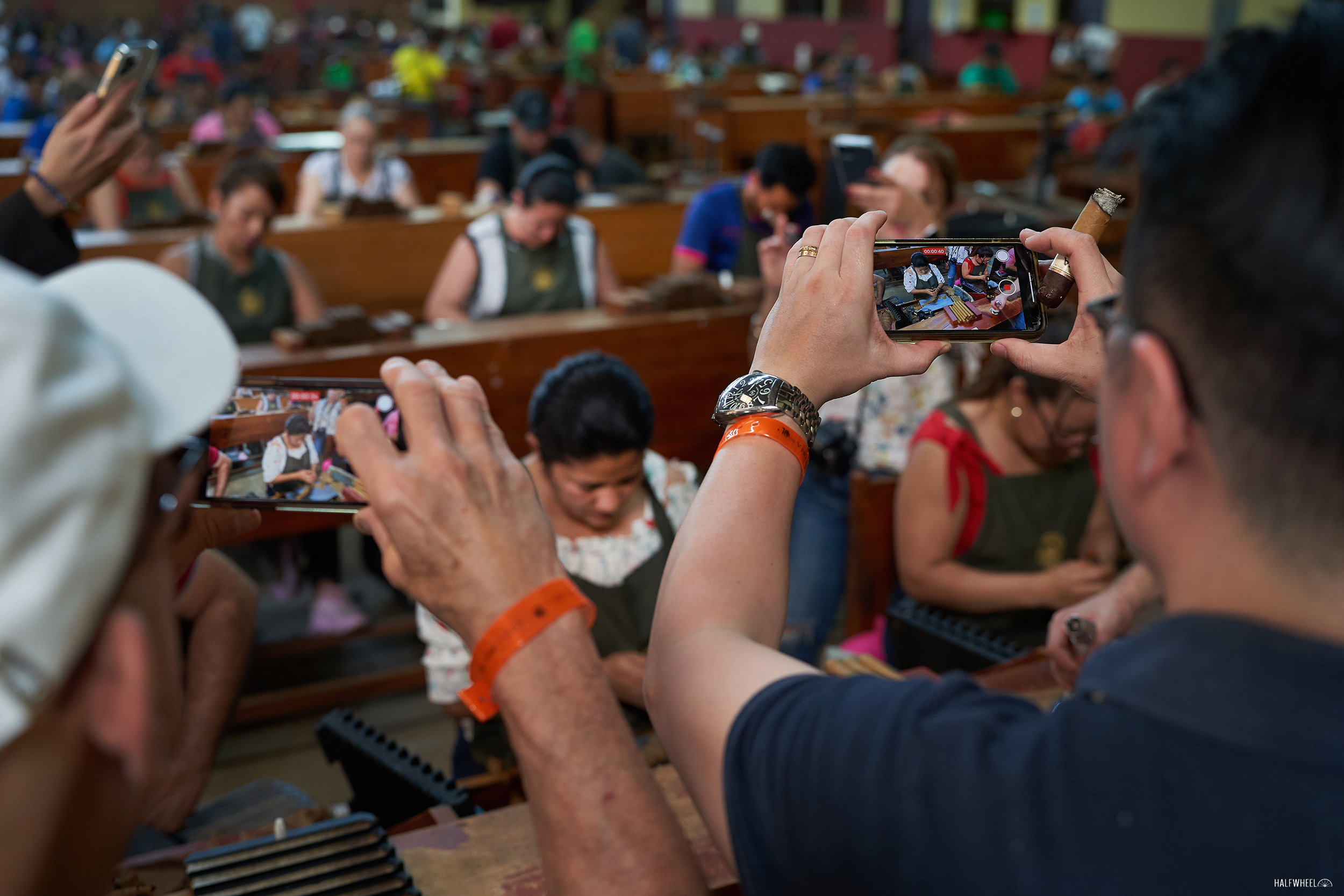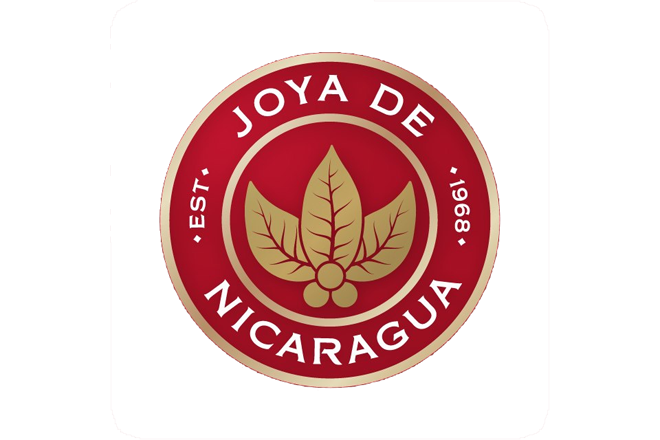Greetings from Estelí, Nicaragua, where it’s early Thursday morning as I write this and Puro Sabor 2023 has officially moved the party from its start in Granada to the cigar capital of the country.
Day 3 started in Granada with an early morning wakeup call in order to get everyone’s luggage on the buses heading to Estelí, followed by breakfast, and then an 8 a.m. or so departure time, with the first stop being the Victor Calvo farm, one of the first tobacco farms in the Estelí region. While the name Victor Calvo might not be familiar, the company grows a lot of tobacco for a number of clients as well as has its own line of cigars.
Because people arrived to Victor Calvo on at different times and many needed to depart Victor Calvo on different buses than they arrived on—because they needed to be on the correct bus for the next factory tour—the overall timing of the visit was quite limited for me. So I didn’t get a chance to explore much of the operation, though as I have noted in previous visits, the spread of the farm is incredibly expansive, and the company uses a very impressive system where the fertilizer is mixed with water in a central location and then piped out to the plants, ensuring what the company considers to be optimal nutrition and irrigation.
It is also known for having several portions of the farm screened off both on the top and the sides to prevent damage from the wind and provide shade from the sun, both of which can present challenges at times. Even though time in the fields was limited, getting to have lunch in a tobacco barn with recently harvested tobacco leaves just above your head seemed to leave a pretty positive impression on a number of people.

Once lunch was done, a number of attendees—myself included—were able to get a quick tour around part of the farm in an ATV, it was onto smaller buses for my first factory visit, Joya de Nicaragua.
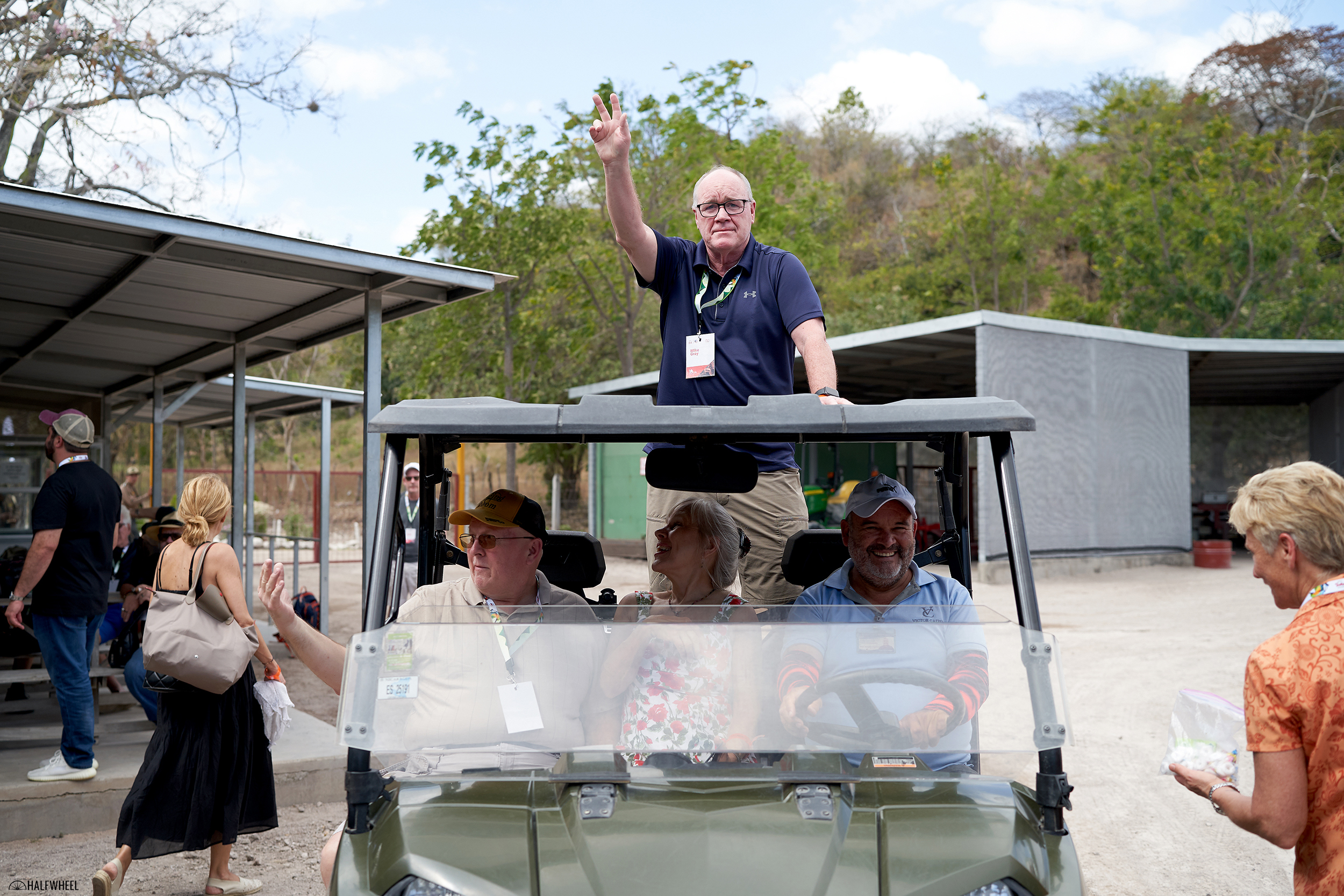
Juan Ignacio Martínez, executive president of Joya de Nicaragua, met the group outside of the iconic factory, then led us to a conference room for a cigar, coffee, water, and a presentation about the history of both Joya de Nicaragua and tobacco in the country.
The impact of tobacco in the Estelí region and northern Nicaragua is unmistakable, as there are currently 84 or so registered factories in the area, a number that doesn’t count chinchalles, or very small factories that are operated out of a person’s home or other facility and which aren’t registered with the government as a business. In total there are about 150 companies involved in the tobacco industry in the northern region of Nicaragua. Tobacco is a top-10 export for the country, and the tobacco industry provides jobs for approximately 40,000 people.
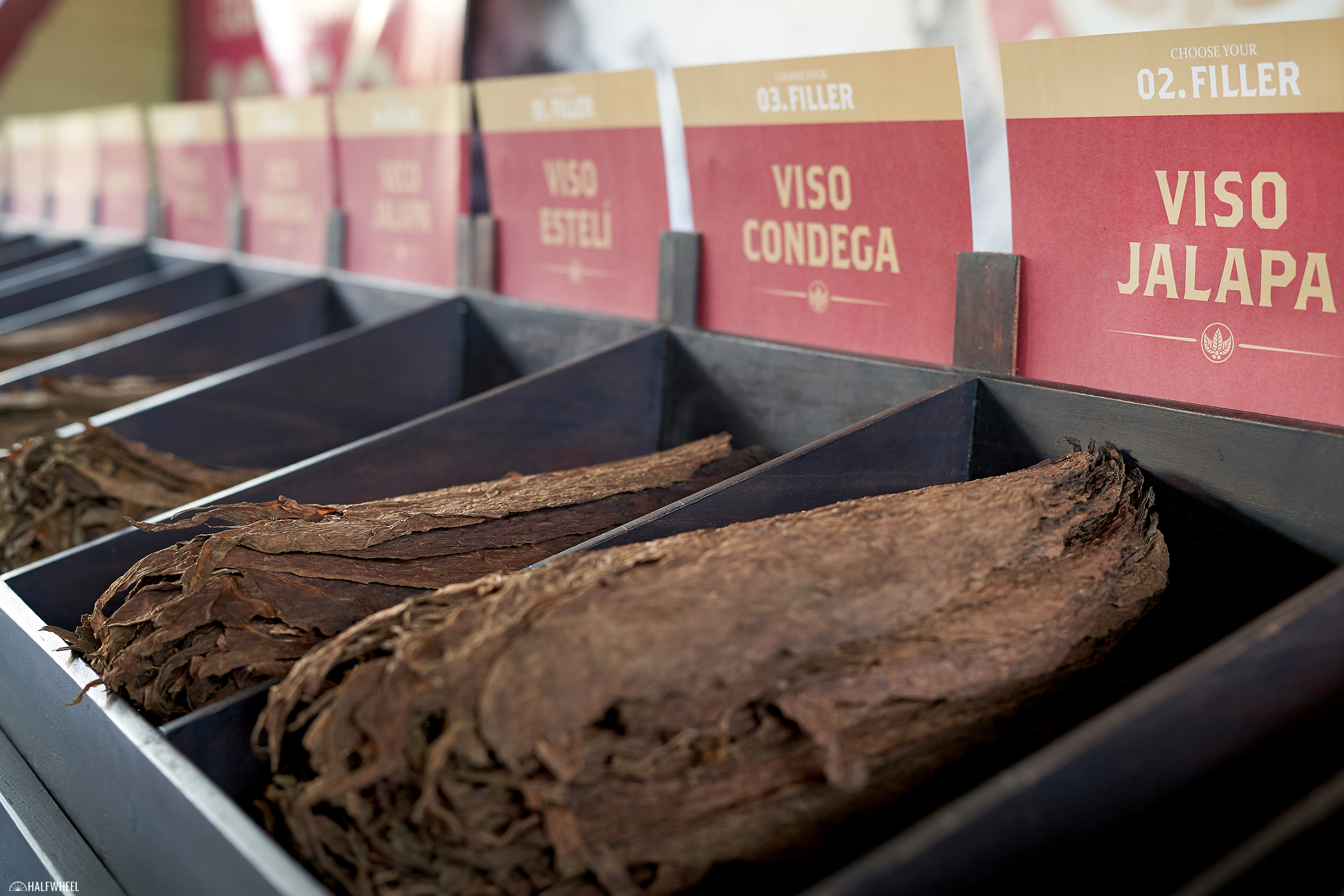
Joya de Nicaragua is celebrating its 55th anniversary this year, and if you’ve had the chance to explore the company’s history, you know that there are several chapters that go hand-in-hand with the country’s history. I won’t get into all of them here, but if you are interested, I’d certainly suggest visiting the company’s website to learn more.
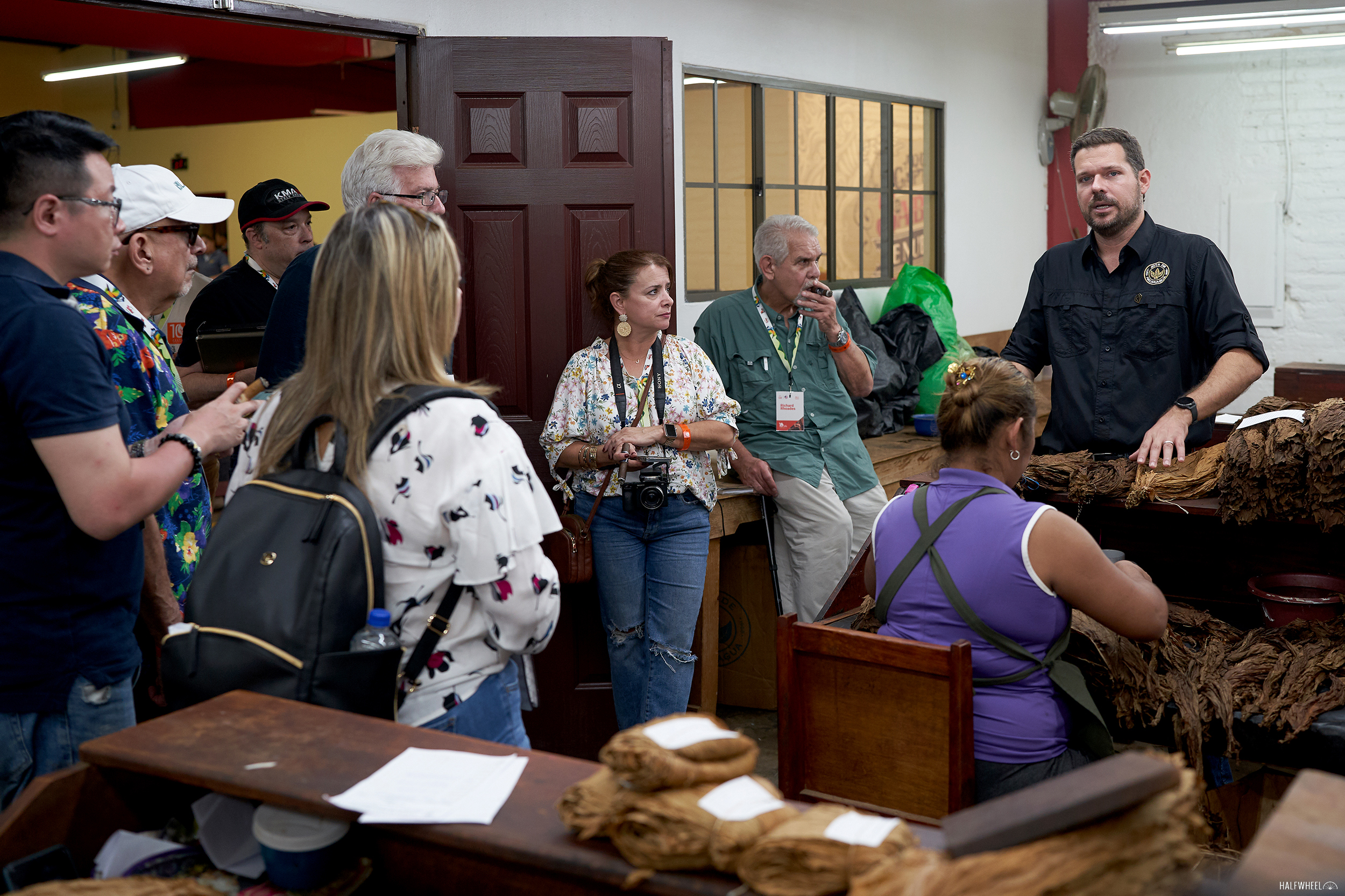
Given that we were already into Wednesday afternoon by the time we got to the factory, the walk through the factory itself was fairly quick but seemed to give the people in my group a good opportunity to see the process firsthand. We visited a room where wrapper leaves were being deveined and prepared for eventual use, discussed the process of blending and constructing a cigar, watched the rollers and bunchers for a bit, then headed to the areas where aging, sorting, packaging and shipping are done. From there, it was off to an outside area used for employee lunch breaks to have a quick blending seminar where we got to select from one of three wrapper leaves, one of three binders, and nine filler options to create our own blends that will be presented to us later in the week. This was all accompanied by a tasting of Flor de Caña 18 Year rum straight from the barrel and at a higher proof than what ends up on store shelves.

Once that was done, it was back on the bus to check into everyone’s respective hotels for our stay in Estelí; I am staying in the Don Vito, a place that I, and many other Puro Sabor 2023 attendees, have stayed at before. It might not be the Four Seasons, but it does the trick and it seems like the internet is a good bit faster.
Wednesday night’s dinner was held at STG Estelí, the factory that is home to CAO and a number of other brands from General Cigar Co., Forged Cigar Co. and the Scandinavian Tobacco Group portfolio. There are no tours during the dinner, just a night of food and drink, cigars, and music. The mayor of Estelí, Francisco Valenzuela, joined the members of the Cámara Nicaragüense de Tabacaleros (CNT) for opening remarks before dinner, and once again noted how important premium cigars are to both Estelí and Nicaragua, thanking everyone for their support and enthusiasm in visiting the region.
The CNT also took time to pay tribute to Hector Vargas, the former manufacturing manager for its operations at STG Estelí, who passed away in June 2020 due to COVID-19. In her remarks, Anielka Ortiz noted that it was one of Vargas’ dreams to see STG Estelí host a Puro Sabor evening event. His sister and niece were recognized and presented with a token of the organization’s appreciation for Hector.
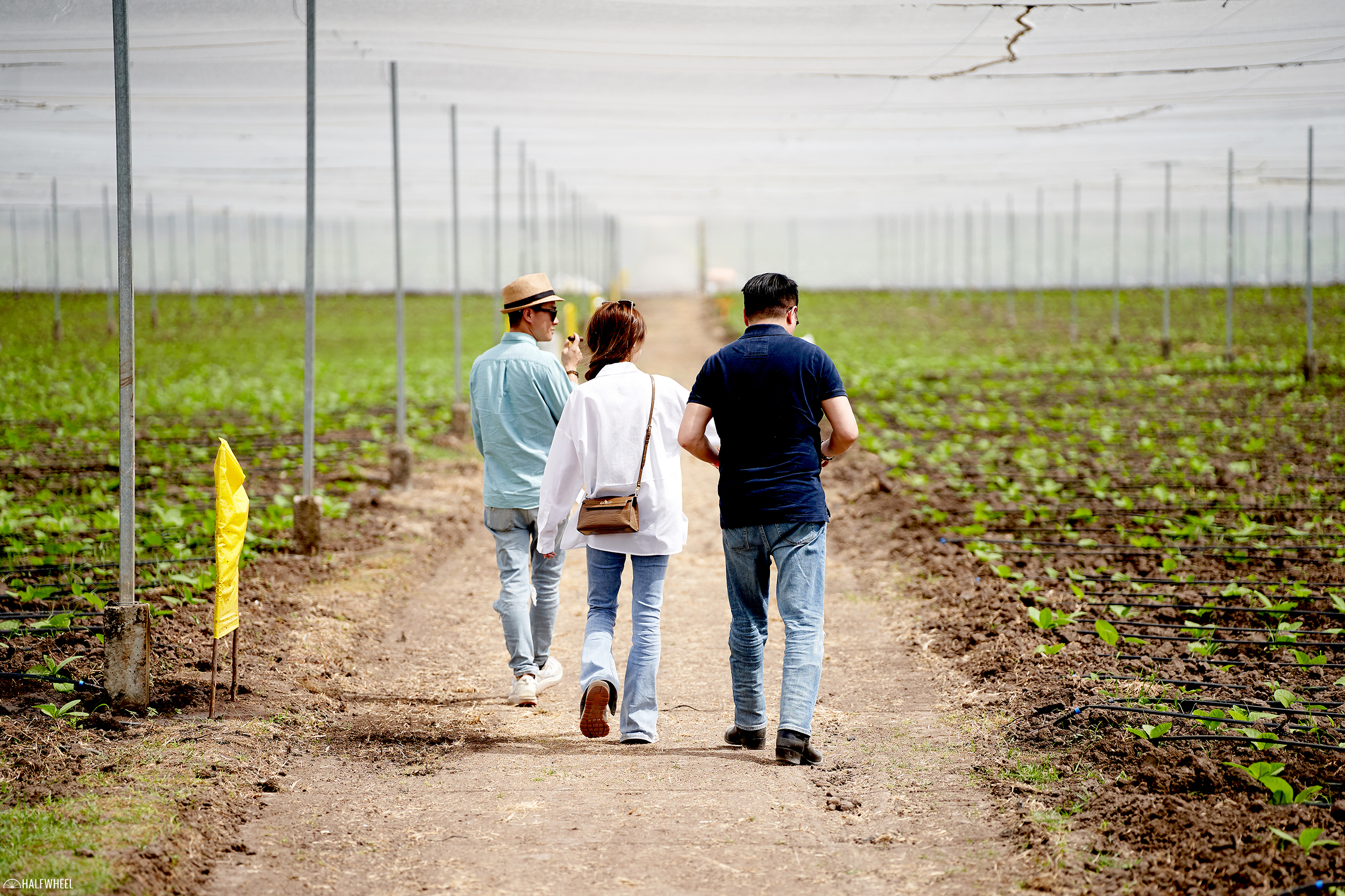
Which brings us to Thursday morning and Day 4 of Puro Sabor. I will be heading to Villiger’s new factory as they are hosting a grand opening today—the factory opened in late 2021—and then will head to lunch at an as-of-yet undisclosed location. After that, it will be off to Tabacalera Perdomo for an afternoon visit, then back to the hotel to get cleaned up in preparation for tonight’s White Dinner.
I’ll keep posting updates to Instagram throughout the day, so be sure to follow both me and halfwheel to see more of what I’m seeing in Estelí this week.

